Surface Error
ink on paper experiments, 2018 - 2020
The process of 3D-printing is not a perfect one. Transforming digital information into a physical object using machines and hot plastic produces a fair amount of waste. As an artist that uses a 3D-printer to produce tools and art objects, I often find myself surrounded by small piles of melted and tangled plastic; a physical collection of human/machine errors, failed prototypes and other glitches that occur on the path to creating a fully-realized, 3D-printed object. When I stop for a moment and take the time to look closely at one of these piles of plastic detritus, complex and intricate structures begin to reveal themselves. Is this plastic material actually waste, or can it be transformed into something else in its own right?
Shown here are some experiments combining 3D-printed waste material with a traditional relief printing process. During this process, fragments of 3D-printed plastic waste are coated with ink and run through a printing press, leaving surface impressions on damp cotton paper. The plastic (PLA) is soft enough that it shifts just slightly in certain places when under pressure, making each impression on paper unique.
These works have been shown in multiple iterations, including in Spacetime at Emerson Media Arts Gallery in Boston, MA and most recently in ArtiSocial, a group show in Spinderihallerne in Vejle, DK.
Shown here are some experiments combining 3D-printed waste material with a traditional relief printing process. During this process, fragments of 3D-printed plastic waste are coated with ink and run through a printing press, leaving surface impressions on damp cotton paper. The plastic (PLA) is soft enough that it shifts just slightly in certain places when under pressure, making each impression on paper unique.
These works have been shown in multiple iterations, including in Spacetime at Emerson Media Arts Gallery in Boston, MA and most recently in ArtiSocial, a group show in Spinderihallerne in Vejle, DK.
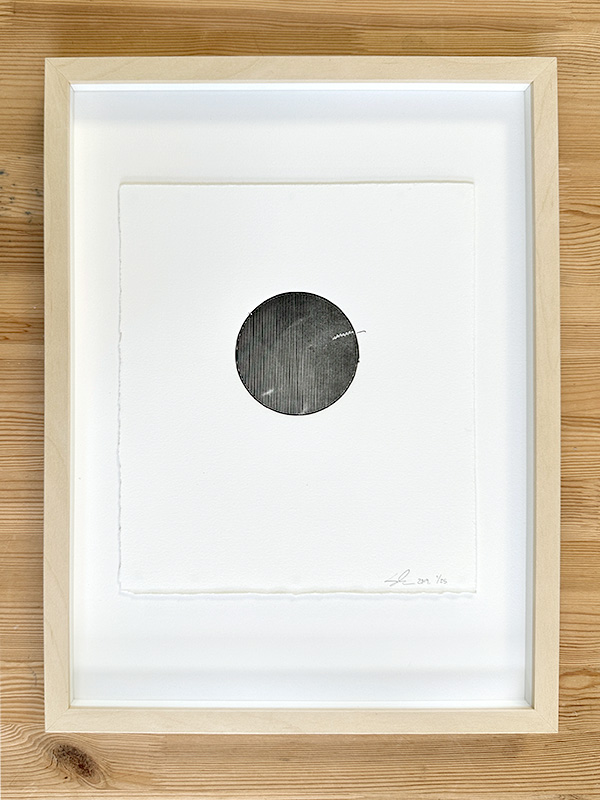 Fragment 01, ink on cotton paper, 32 x 42 cm framed.
Fragment 01, ink on cotton paper, 32 x 42 cm framed.
Print detail.
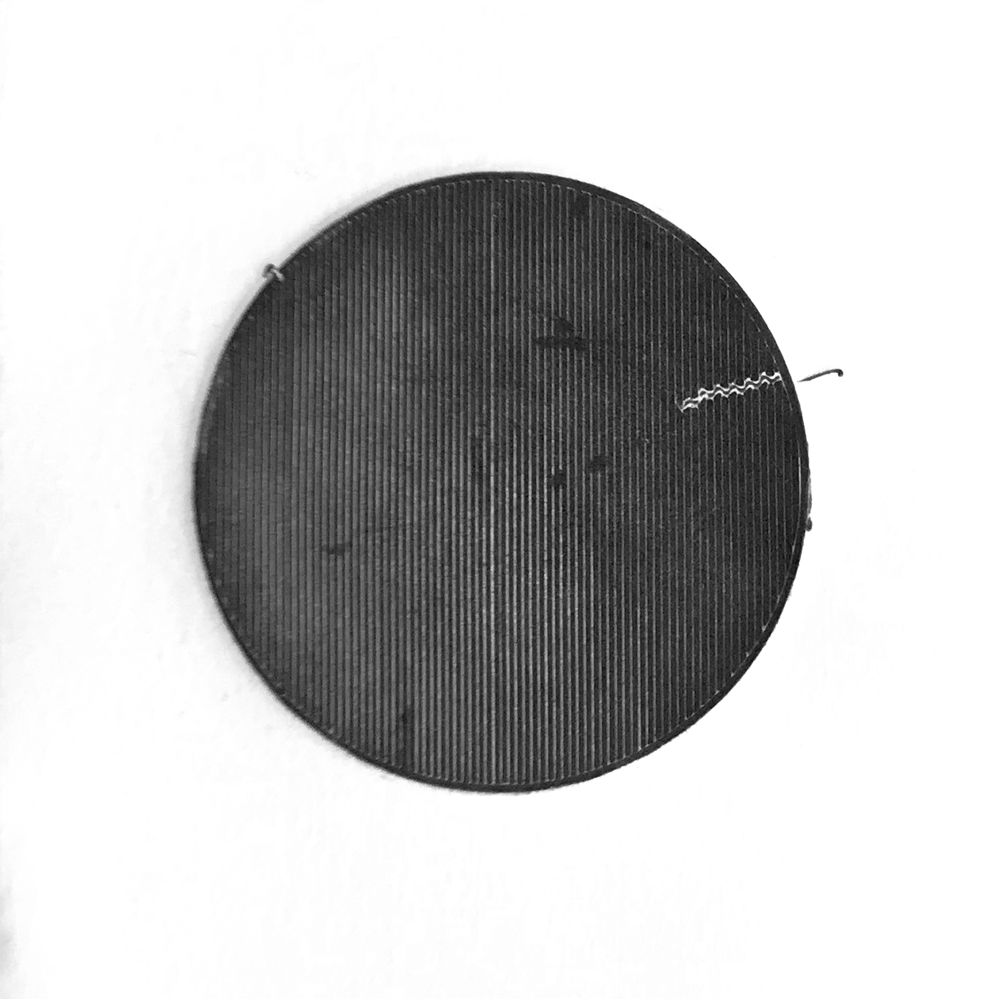
Animation made from layering individual relief prints.
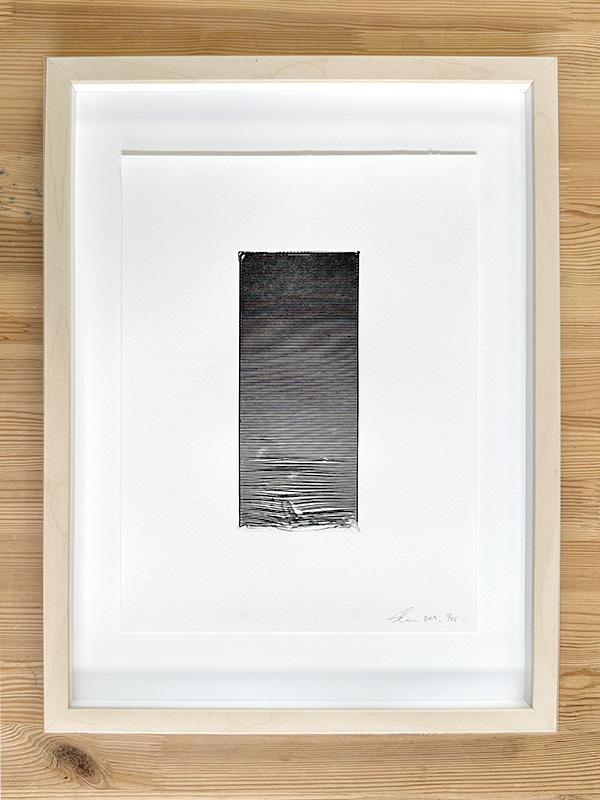 Fragment 03, ink on cotton paper, 32 x 42 cm framed.
Fragment 03, ink on cotton paper, 32 x 42 cm framed.
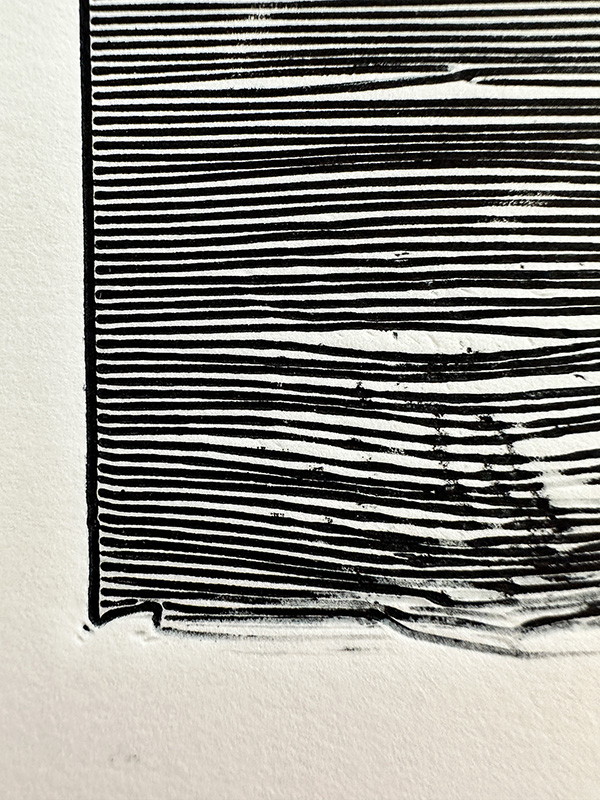
Print detail.

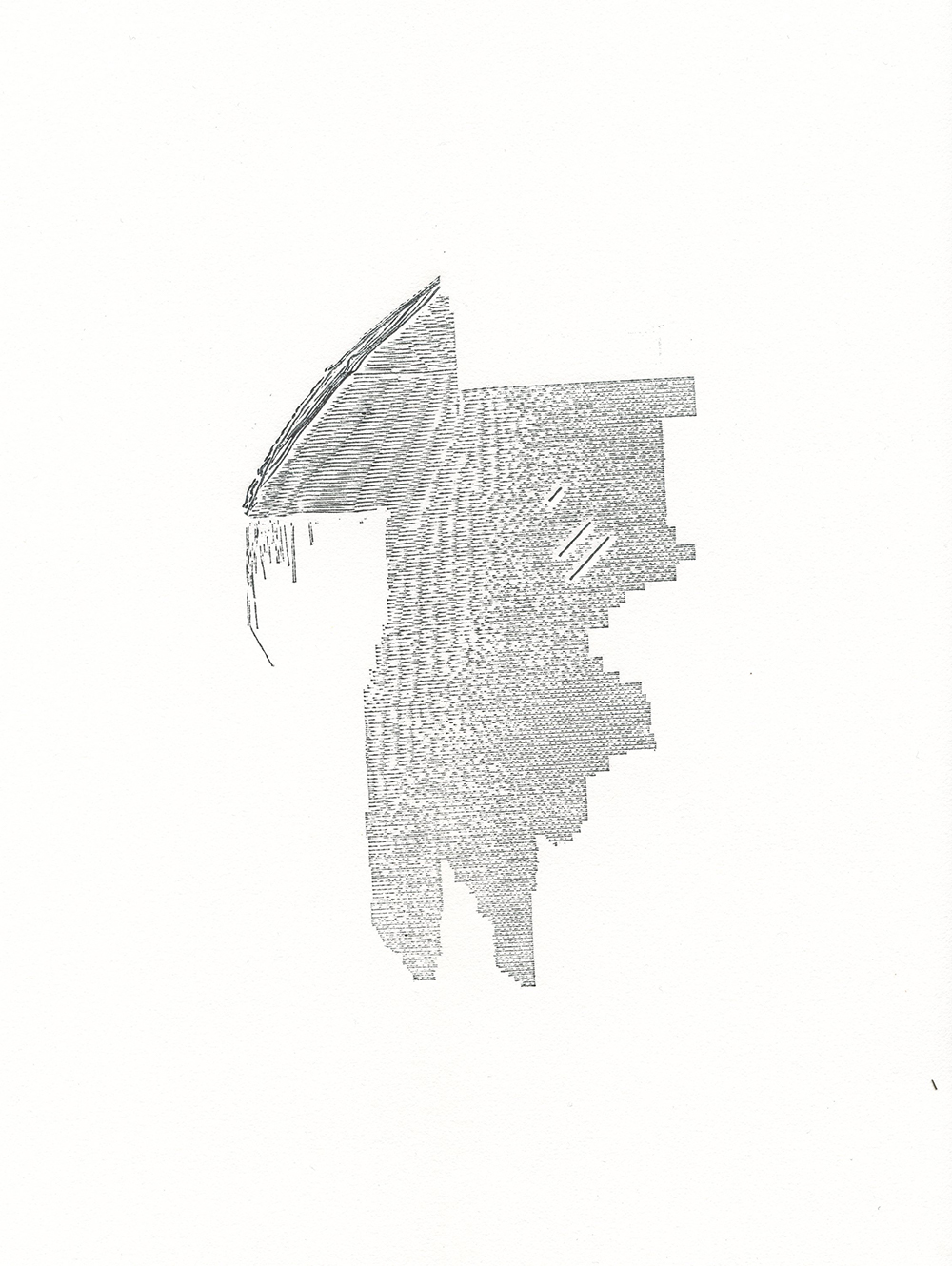 Fragment 06, ink on cotton paper, 23 x 31 cm.
Fragment 06, ink on cotton paper, 23 x 31 cm.
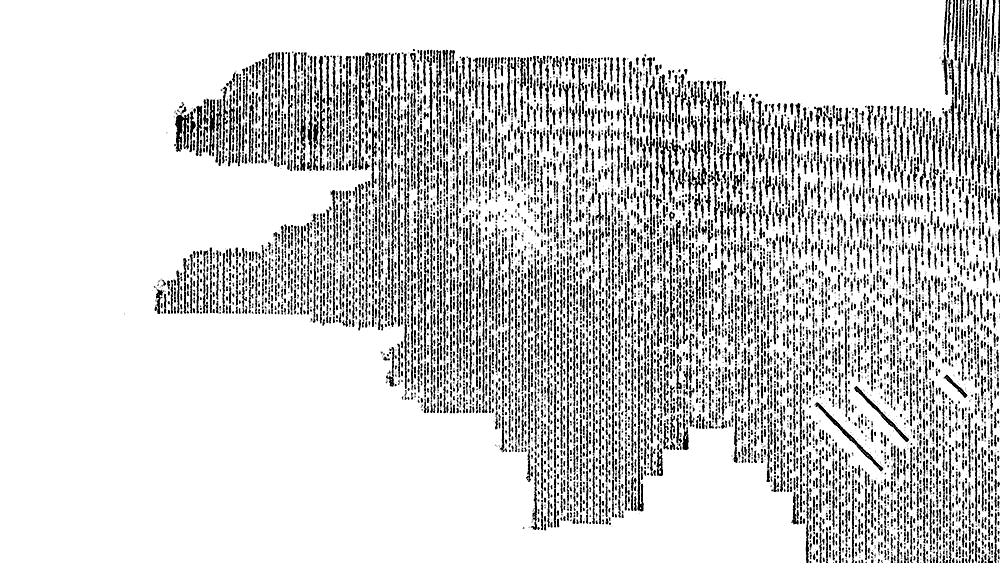
Animation made from layering individual relief prints.

Fragment 05, ink on cotton paper, 23 x 31 cm.

Animation made from layering individual relief prints.
 Soft Error in ArtiSocial group show, Spinderihallerne, Vejle, DK.
Soft Error in ArtiSocial group show, Spinderihallerne, Vejle, DK.